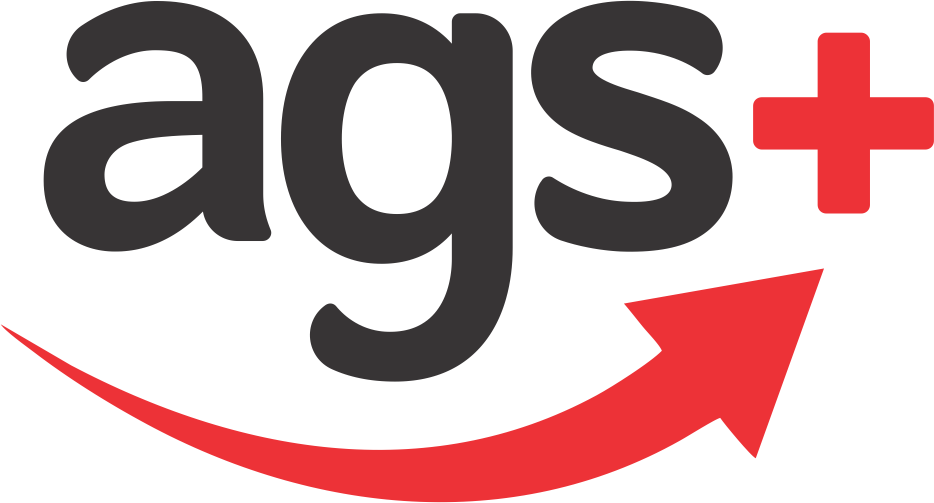Uncategorized
A Comprehensive Guide to Office CCTV Systems 2024
Office CCTV
Office CCTV: Enhancing Security and Workplace Safety
In the dynamic landscape of modern workplaces, ensuring the safety and security of employees, assets, and sensitive information is of paramount importance. Office CCTV (Closed-Circuit Television) systems play a crucial role in providing a robust security infrastructure. This article explores the significance of office CCTV, its key benefits, implementation considerations, and the evolving role it plays in fostering a secure and productive work environment.
I. Introduction to Office CCTV:
A. Definition and Purpose: Office CCTV refers to a surveillance system consisting of cameras strategically placed within office premises to monitor and record activities. The primary purpose is to deter potential security threats, enhance situational awareness, and provide a means to investigate incidents.
B. Components of an Office CCTV System:
- Cameras: Capture video footage in different areas.
- DVR/NVR: Digital or Network Video Recorder for storing and managing recorded footage.
- Monitors: Display live or recorded footage.
- Cabling/Network Infrastructure: Connect cameras to recording devices.
- Power Supply: Ensure continuous operation of cameras and recording devices.
II. Key Benefits of Office CCTV:
A. Deterrence of Criminal Activities:
- Visible Deterrence: The presence of cameras acts as a deterrent to potential criminals, reducing the likelihood of theft, vandalism, or unauthorized access.
- Recorded Evidence: In the event of an incident, recorded footage serves as valuable evidence for investigations and legal proceedings.
B. Employee Safety and Productivity:
- Emergency Response: CCTV aids in monitoring employee safety during emergencies, allowing for swift response and evacuation.
- Behavioral Accountability: Employees are more likely to adhere to workplace policies, fostering a safer and more productive work environment.
C. Access Control and Visitor Management:
- Entry Points Monitoring: CCTV helps in monitoring entrances and exits, enhancing access control measures.
- Visitor Verification: Verify the identity of visitors and track their movements within the office premises.
D. Operational Efficiency:
- Remote Monitoring: Enables real-time monitoring of the office premises, even remotely, enhancing overall security.
- Incident Investigation: Simplifies the investigation of workplace incidents, disputes, or policy violations.
III. Implementation Considerations:
A. Camera Placement Strategy:
- Critical Areas: Identify and prioritize areas such as entrances, exits, reception, and high-traffic zones.
- Privacy Considerations: Ensure cameras are not invading employee privacy and comply with relevant laws and regulations.
B. Integration with Access Control Systems:
- Smart Integration: Integrate CCTV with access control systems for a comprehensive security solution.
- Biometric Access: Combine biometric access systems with CCTV for enhanced identity verification.
C. Cybersecurity Measures:
- Secure Network: Implement secure network protocols to prevent unauthorized access to CCTV feeds.
- Firmware Updates: Regularly update camera firmware to address potential vulnerabilities.
D. Data Storage and Retention Policies:
- Storage Capacity Planning: Determine the required storage capacity based on the number of cameras and the retention period for footage.
- Automated Deletion: Implement automated deletion of irrelevant footage to manage storage efficiently.
IV. Emerging Trends in Office CCTV:
A. Artificial Intelligence (AI) Integration:
- Facial Recognition: AI-driven facial recognition enhances access control and security.
- Behavioral Analysis: Analyzing employee behavior for proactive threat detection.
B. Cloud-Based CCTV Solutions:
- Scalability: Cloud-based solutions offer scalability for growing businesses.
- Remote Accessibility: Access CCTV footage from anywhere with an internet connection.
C. Mobile Integration:
- Mobile Apps: Access live or recorded footage via mobile apps for on-the-go monitoring.
- Push Notifications: Receive real-time alerts on mobile devices for immediate response.
V. Conclusion:
Office CCTV systems play a pivotal role in creating a secure and conducive work environment. By leveraging advanced technologies, adhering to ethical considerations, and integrating seamlessly with other security measures, these systems not only deter potential threats but also contribute to operational efficiency and employee well-being.
As technology continues to evolve, the integration of AI, cloud-based solutions, and mobile accessibility will likely shape the future of office CCTV. Organizations should stay abreast of these developments to continually enhance their security postures and adapt to the ever-changing landscape of workplace safety.


